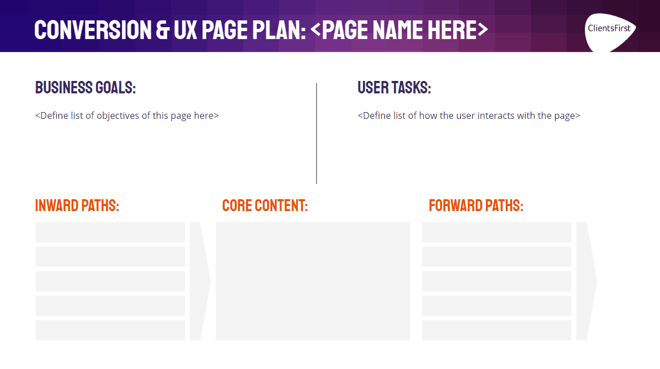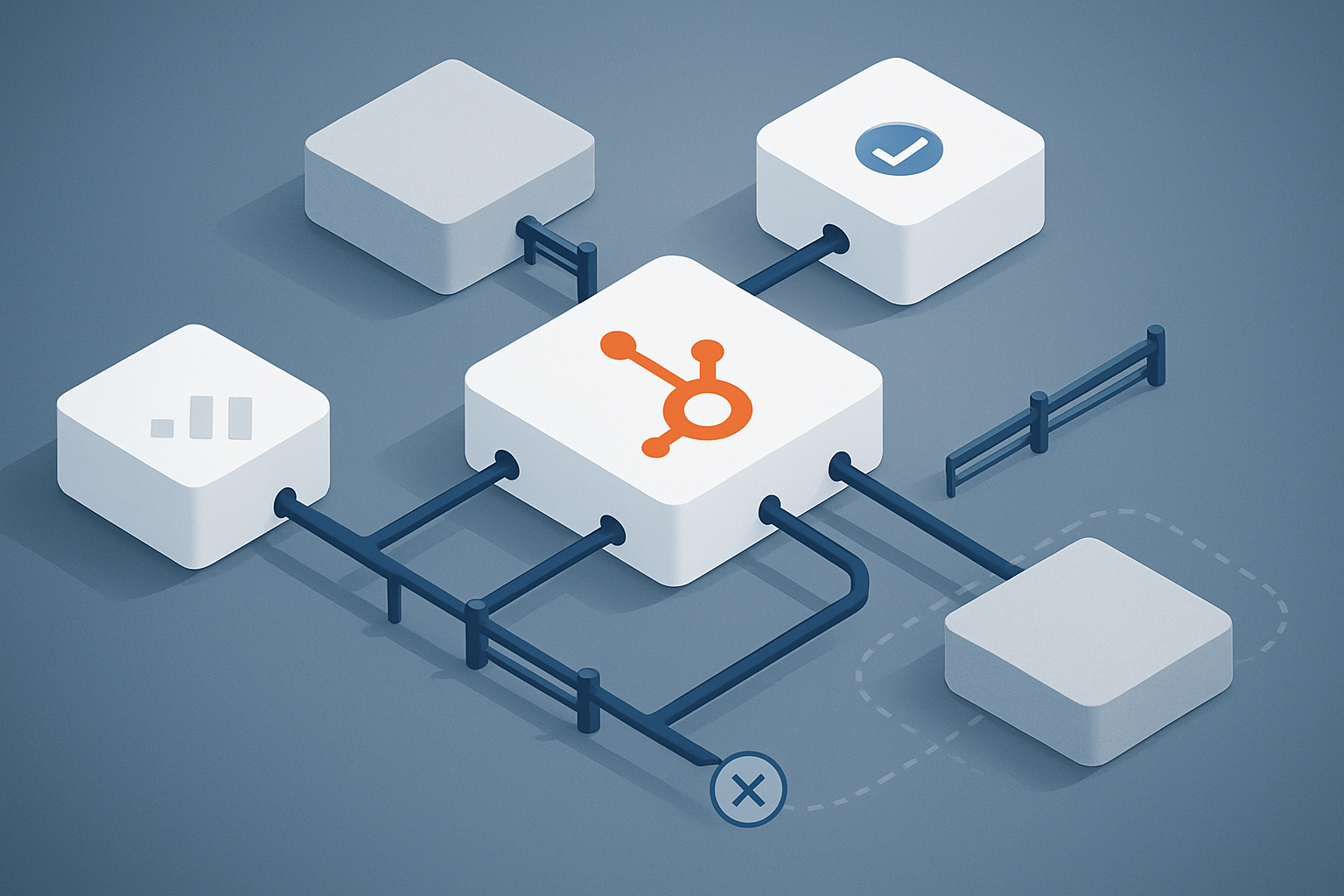Planning: the secret to higher conversion rates
Digital Marketing
Digital Transformation
Website Development

When you are developing a new website, planning is vital to ensure you end up with a site that does the job you need it to do. From understanding your buyer personas to considering the user experience, the strategic element of website planning can make or break a new site.
At Karman Digital, we use a conversion and UX (user experience) page plan to make sure that the websites we build work the way we intend.
What is a conversion and UX page plan?
A conversion and UX page plan (CUX plan) is a document created as part of the initial planning stage of a website build. Once we’ve done our discovery (including persona builds, ideal buyer profiles and goal setting), we create a suggested sitemap and use CUX plans to design the user journey.
A CUX plan typically looks something like this:

For each of the major pages, we break the page down by business goals and user tasks. Business goals are exactly what they sound like: the goals of the business. What is the point of this page from the business’ perspective? Meanwhile, user tasks are the user’s ‘jobs to be done’. What do the site visitors want from this page? What are they looking for?
After listing the business goals and user tasks, it’s time to consider the inward paths to this page. How do visitors end up here? How easy should it be to navigate to this page?
Core content is what the absolute necessities for a page like this are. For example, on an About Us page, you need a section about the business, ways of working, the team and then ancillary culture proof.
Forward paths are the paths that we want visitors to follow from this page. Where do users naturally navigate to from this type of page and where does the business want them to navigate to?
Answering these questions enables marketers and developers to design the user journey based on business goals and the natural inclination of users.
How do CUX plans increase conversions?
Conversion and UX page plans are not just ways of mapping out the usual path that a user may take, they are also documents that enable your strategic team to take control of the journey.
Rather than allowing the user to wander aimlessly through your website, we use a CUX plan to create a flow through the site that benefits the business. Each page can be designed with the business’ goals and conversion in mind.
While having conversion on every page may be overkill, a CUX plan helps developers and designers set up a page to take the visitor on a journey through your site to a page for lead conversion. Ideally, by the time that a user gets to a form or conversion point, they will have followed the path through your site enough to provide their details.
As you can see, planning the pages of your website means the difference between a page that exists and a page that works. Conversion and UX page plans are a simple and straightforward method of designing a user experience that helps you and your business convert visitors to leads.
If you’d like to talk about developing your next site or about the ways Karman Digital can help your strategic planning, get in touch!


